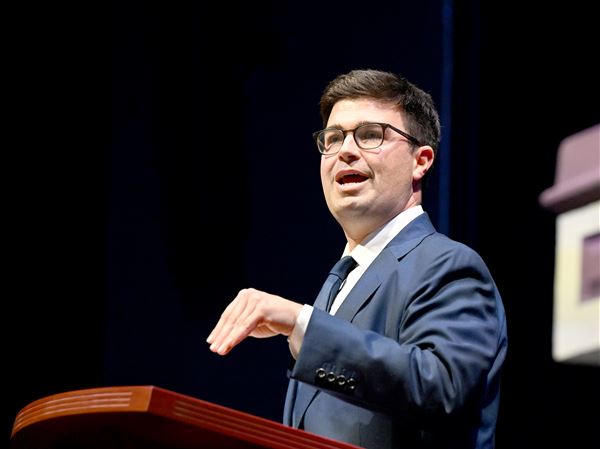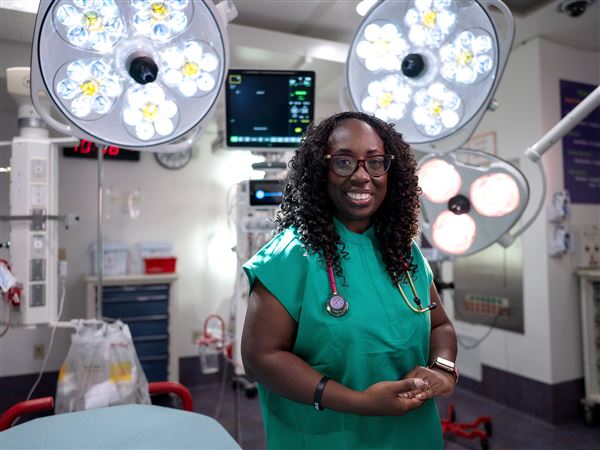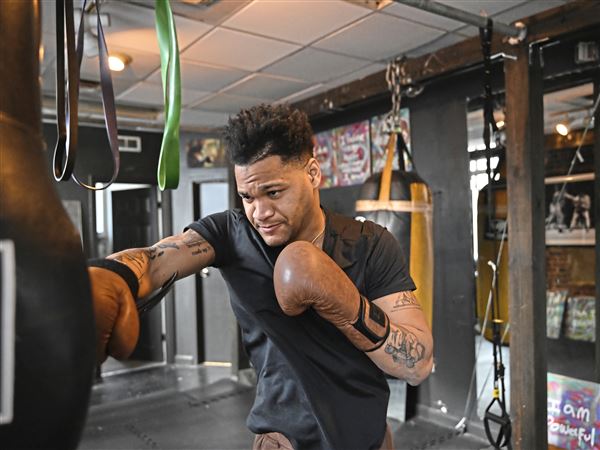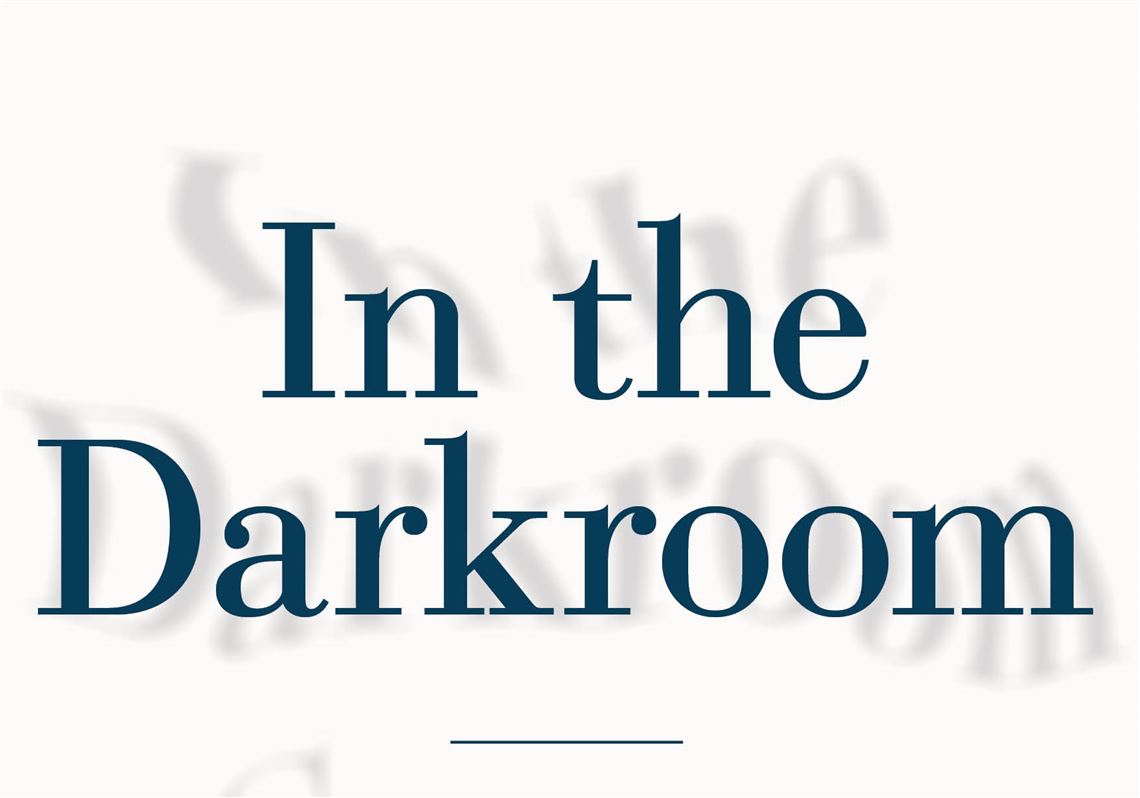After nearly 25 years of estrangement, Susan Faludi receives a surprise email from her 76-year-old father, complete with photographs, announcing a new identity as a woman.
There was little advance warning of this dramatic change; Ms. Faludi remembers an overbearing, abusive man who left his family after a violent confrontation. But curious to know more, Susan Faludi invites herself to visit her father, who lives in their ancestral home in Hungary, and thus begins a decade-long exploration that forms the foundation for the memoir “In the Darkroom” (Metropolitan Books, $32).
In the hands of a lesser writer, this plot could easily have devolved into a movie-of-the-week story of prodigal child and late-life reconciliation. But Ms. Faludi, a Pulitzer Prize-winning journalist and author of “Backlash” and “Stiffed,” is too honest to offer easy answers to the questions of identity that are woven throughout the 400-page story.
Indeed, many of the questions she raises go unanswered. Delving into the family roots in Hungary and the very history of Hungary itself, Ms. Faludi paints a picture of identity as an amorphous thing, not easily understood and able to be viewed differently depending upon one’s point of view. That doesn’t mean they’re unworthy of inspection.
The title of the book comes from Stefanie’s career (both pre- and post-surgery) as a photographer who liked to alter images until they appeared the way she wanted them to (in later years making liberal use of Photoshop). This unsubtle metaphor is not offered as an explanation for Stefanie’s transformation, but rather as one facet of a person Ms. Faludi realizes she barely knows, who despite the daughter’s dogged attempts to get to know her better, remains an enigma.
The most intensely personal sections of “In the Darkroom” provide the most tension, as one might expect. Avowed feminist Susan tries to come to grips with Stefanie’s embracing of female stereotypes of femininity (read: dependence and weakness). Susan braces when Stefanie announces dishwashing as “women’s work” and when she brags about how she can get men to do whatever she wants:
“Now that I’m a lady… men have to help me. I don’t lift a finger,” Stefanie tells her daughter. “You write about the disadvantages of being a woman, but I’ve only found advantages!”
This question of the role of transgender women is an ongoing one in some circles of feminist discussion, and Ms. Faludi does not shy away from exploring it. But like most of the issues she raises in the book, there is no clear resolution.
The most fascinating parts of “In the Darkroom” are when Susan pushes past Stefanie’s taciturn unwillingness to remember the past, compelling her to remember among other things, a harrowing story of escape from the Nazis. The family is Jewish; Stefanie changed the family name from Friedman to Faludi, not to evade Nazi scrutiny, but because she says Faludi felt more Hungarian. Its yet another instance of identity denied and embraced at different times for different reasons.
But we don’t get to these central details about Stefanie’s past as Istvan/Steven until very late in the book. As meticulously researched as the descriptions of Hungary’s history are, these sections are a little too long to keep “In the Darkroom” at a manageable pace. It’s clear what Ms. Faludi is attempting to do by providing deep historical context, but much of Hungary’s sordid past ends up feeling like the memoir’s B plot, and could have been trimmed considerably without losing the context it attempts to provide.
By the end of the book, we’re not much clearer on the “why” of Stefanie Faludi’s transformation. This feels like it’s as it should be; this is a parent-child relationship after all, and it’s nearly impossible, even for a writer as talented as Ms. Faludi, to be a completely impartial observer to Stefanie. To her credit, Ms. Faludi avoids any convenient “aha!” moments, and never draws a clear parallel between a specific event in her father’s history and his enigmatic personality.
Ms. Faludi is searching for a lot of things in this work, it seems, and it’s not clear by the end of the book whether she’s found anything, much less whether she’s discovered what she needed to. “In the Darkroom” is an exhilarating and frustrating work, with an abrupt ending that leaves much unresolved. But it’s is a bold attempt to shed light on the nature of family, identity and other issues of human nature for which there are few easy answers.
Kim Lyons is a Pittsburgh-based writer and editor. You can usually find her on Twitter: @socialkimly
First Published: August 14, 2016, 5:02 a.m.
















